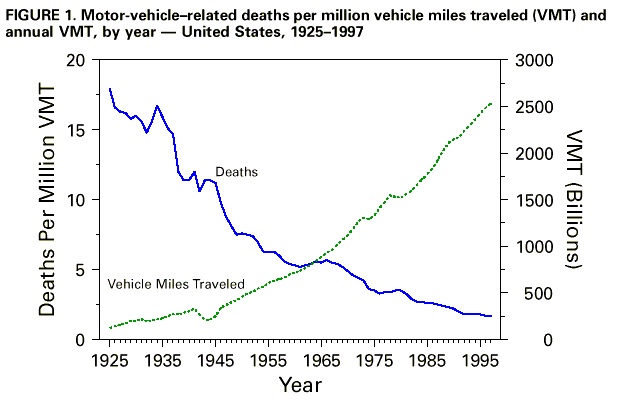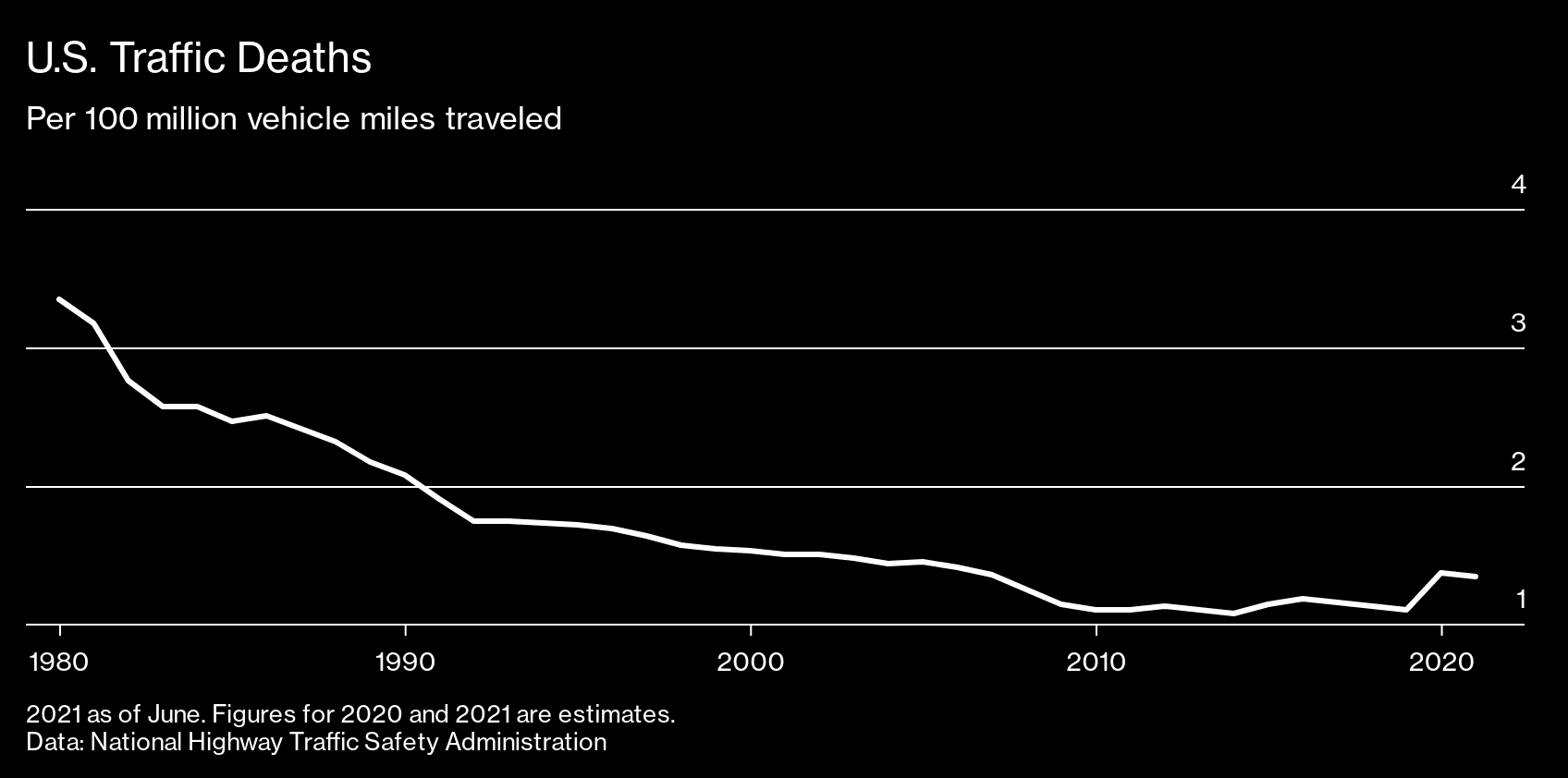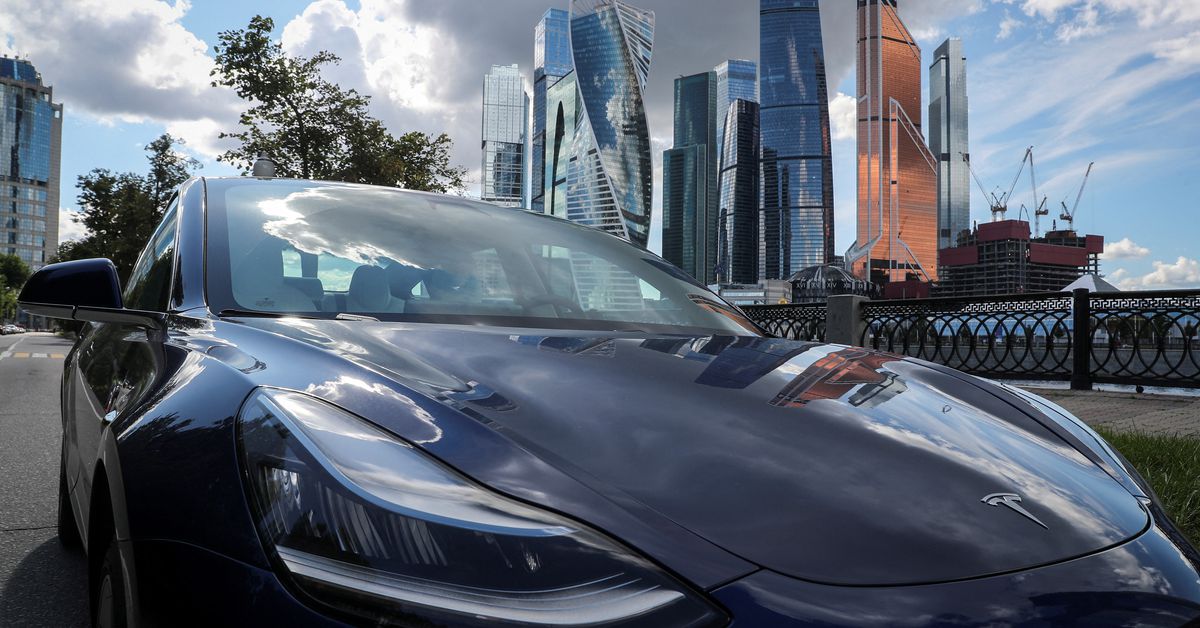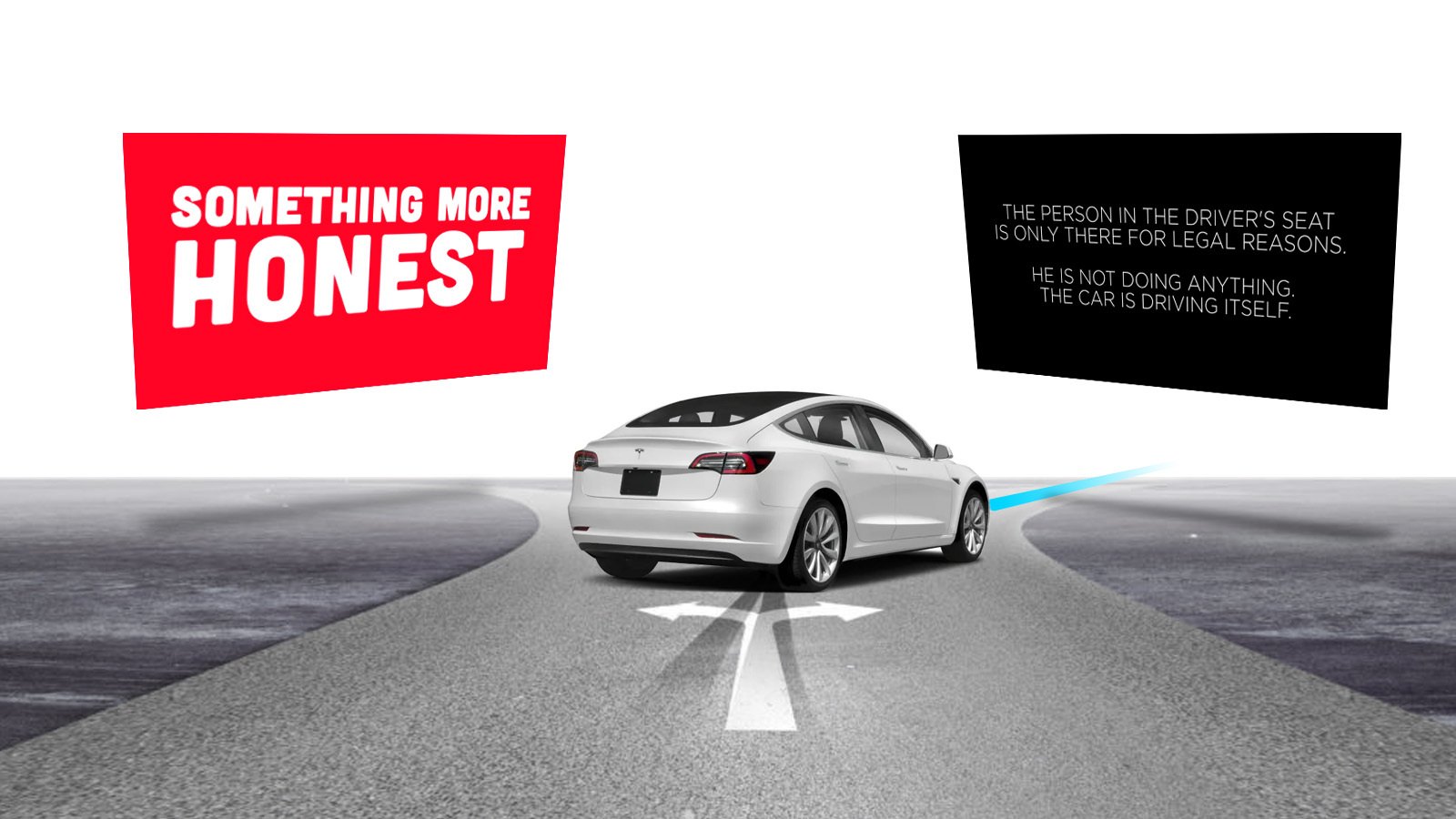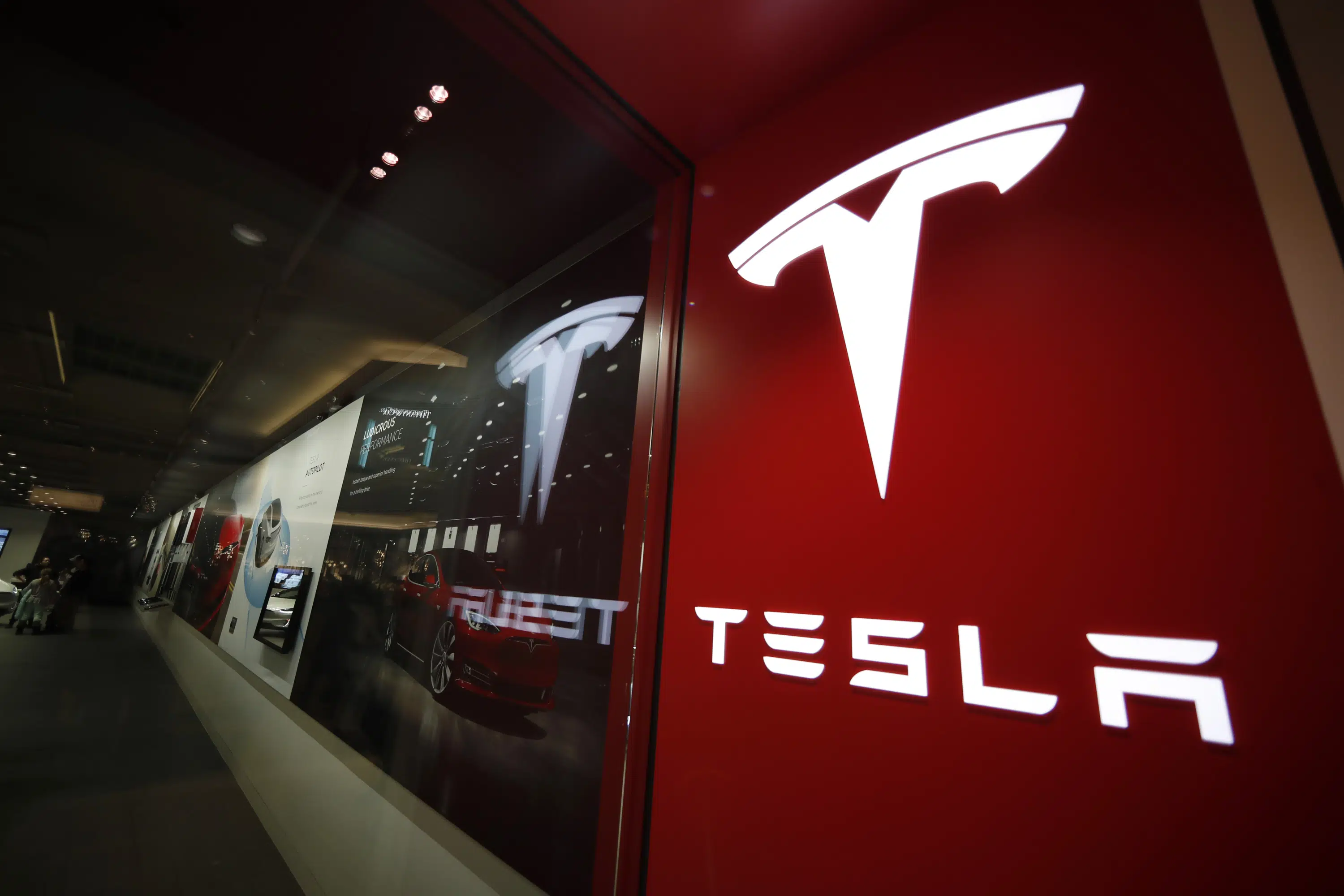Keef
Premium
- 25,400

- OH
- GTP_KeefRacer
It's all quite a bit more nuanced than this.Right, but flying takes so hundreds of hours of training. You have to fly for thousands of hours to be able to fly commercially. There are so many different regulations in place to protect everyone involved. And yet, fatal accidents still happen, even with autopilot on. The FAA is trying to revise training to reduce reliance on autopilot.
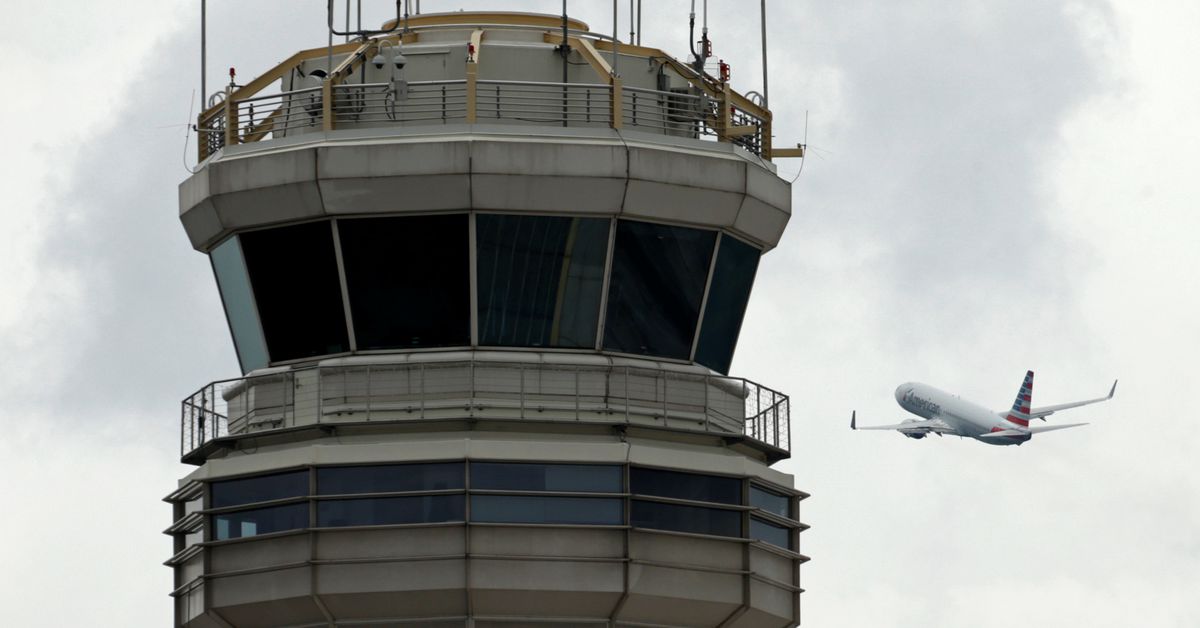
U.S. wants revised pilot training after Boeing 737 MAX crashes
The Federal Aviation Administration (FAA) said Wednesday it is proposing training revisions to help pilots avoid overly reliance on autopilot and to ensure they focus on flightpath management.www.reuters.com
(The last bit here, specifically)
I think this in between level of automation, where people are still in the loop, is incredibly dangerous and should not be available for the general public to use.
In the US, the soonest a pilot can earn their private pilot license (for funsies license) is 16 but training can begin before that. There are more people than you think who earn private licenses before they can drive or before they graduate high school. A commercial license (get your first job to get paid) can be had at 21 and there are people lined up out the door to pull this off. An ATP (airline pilot) license can be had at 24 and again there are people who achieve this milestone all the time.
The accident and incident rate for private pilots and general aviation aircraft is vastly lower, hilariously lower, than cars. It's even lower than commercial cars like semi trucks. The average number of hours to earn a private certificate is about 50 hours of flight training and about 50 hours of classroom training and like I mentioned earlier it doesn't merely teach people things, it instills a mindset and influences character changes. It teaches responsbility and makes the pilot into a better person, not just a pilot. They have to, otherwise they're going to kill themselves.
This aspect of training simply doesn't exist for cars. There are asshole kids lined up out the door to rip their first burnout in dad's Corvette or crash it into a parked car.
None of my training aspect has anything to do with automation. None of the planes I trained in years ago had any level of automation, in fact they were considerably more manual than the most basic cars sold on the market today. Couldn't even start it unless you knew how fuel mixture worked and that's more manual than a lawnmower. To be even the most basic level of pilot you have to understand your machine, how it works, it's capabilities, etc. Driver training does not teach that either.
Automation is being introduced earlier and earlier into pilot training these days but it's not some epidemic like that article suggests. Human factors has been at the forefront of aviation education across the board since the 90s and has trickled all the way down to private pilot training. By the time you're in airline training human factors becomes a primary aspect specifically because of the human-machine interface and levels of automation. The jets I've flown so far have pretty dumb automation and we pilots were constantly engaged with the plane. I'm familiar with some planes these days that are conspicuously automated, and in my latest round of training some issues with this have been highlighted because the risk is known and thus taught.
With respect to airlines and Boeing most recent crisis, the issue with the training isn't necessarily the training, it's the FAA themselves. There was a failure in the system where the FAA delegated certification of systems and training to the OEMs, and the OEMs abused that responsbility. In the past Airbus has also been on the hot seat for blurry marketing and human factors mistakes. Just a couple days ago we had a discussion in class about this and while the instructor mentioned this new company's emphasis on hand flying, myself and a classmate who flew for the same company were already used to that and thought it was normal. Apparently it's not universal - my new company has had a rash of interview failures because one airline in particular has the policy of relying on automation rather than promoting hand flying. And of course that falls right back on the FAA because the FAA are the ones who approved that company's training procedures and SOP.
Basically what that article is saying is that without admitting fault the FAA is trying to cover its own ass from the massive mistakes it's been making allowing companies like Boeing to make up the rules. There is not actually an automation crisis of any sort going on. And the autonomous discussion is sort of a joke in the aviation community - no pilot will accept it, no passenger will accept it. OEMs obviously push this crap to try and save a buck but its nonsense.
Meanwhile, we're not even teaching people to drive cars properly on a sunny day much less how to deal with automation mishaps. Like I said, it takes about 100 hours of total instruction to become a private pilot at 16 years old. There is no excuse for this failure of organizations like the SAE, AAA, NHTSA, DOT, etc for their lack of driver training standards.

